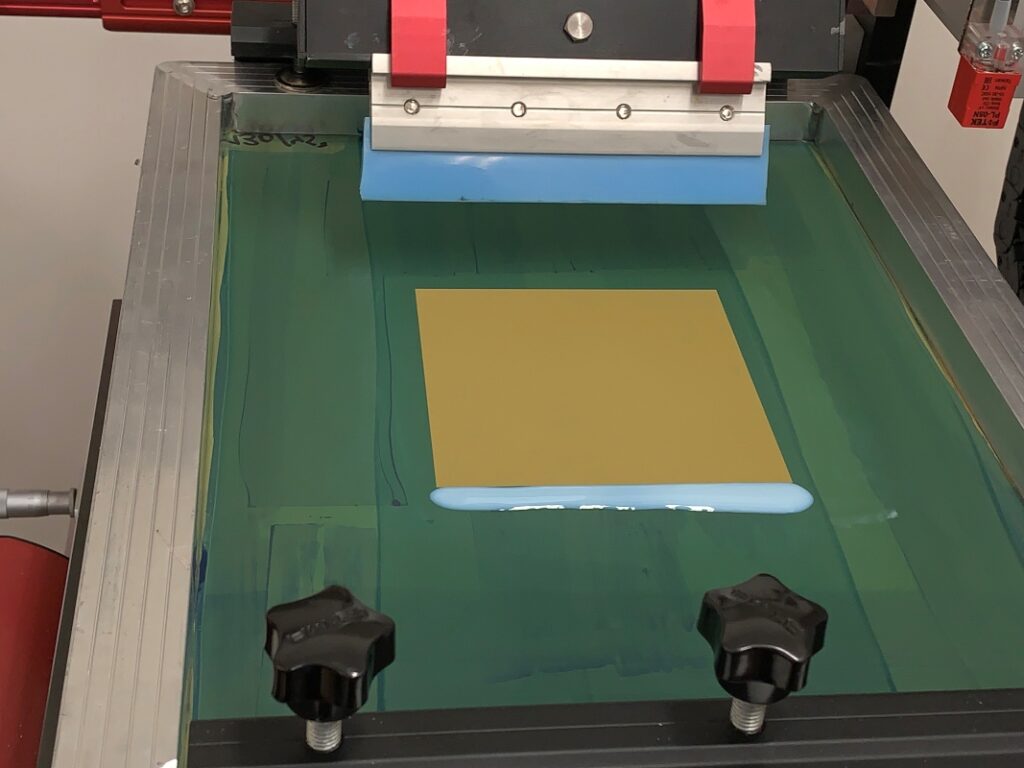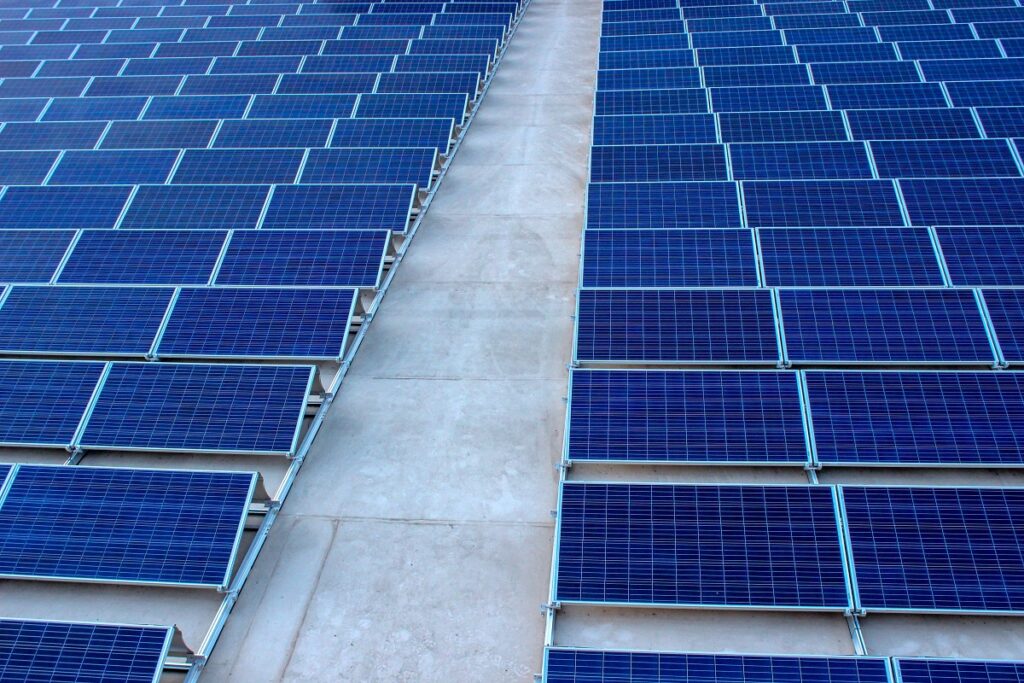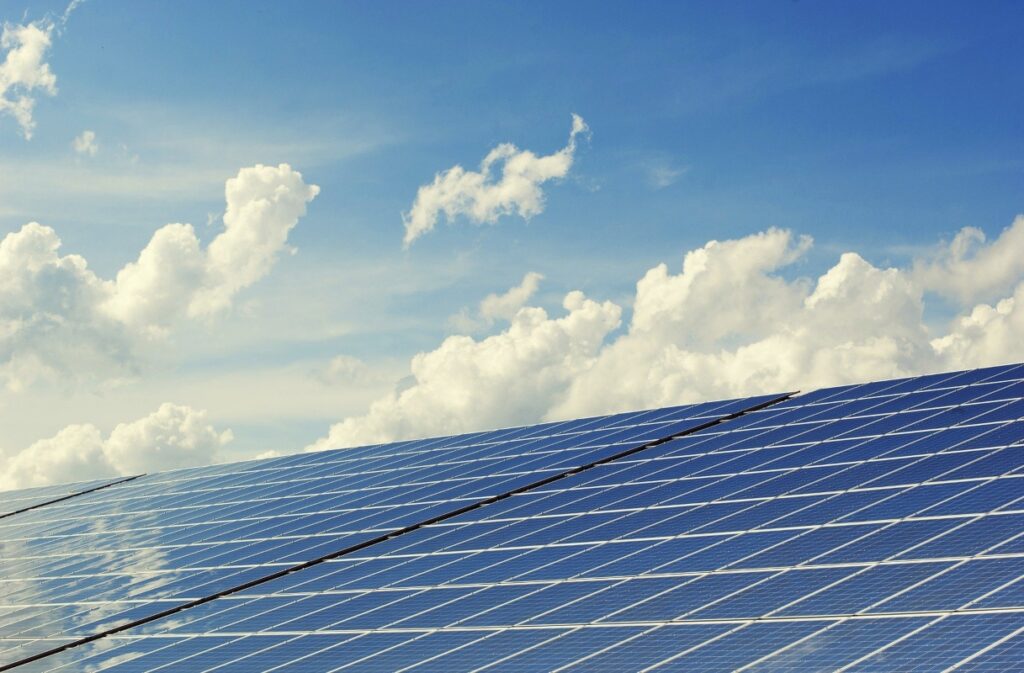With climate change so high on the world’s agenda – especially in the week that the COP26 Conference is taking place in Glasgow – the development of a third-generation solar cell, which can harness sunlight and artificial light to produce power is a cause for optimism.
Into this picture, steps SOLRA (so-named because of its identification with Sol or sun, as well as a nod to the Ancient Egyptian god of the sun, Ra). Associated with the Hebrew University of Jerusalem’s Yissum Technology Transfer Company, SOLRA is a solar cells technology startup in the field of advanced materials.
The company originated in the laboratory of Prof. Lioz Etgar from the Institute of Chemistry at the Hebrew University, and his research group focuses on the development of innovative solar cells.
The cells themselves can be semi-transparent and can be affixed to buildings to be used as solar windows, not simply as rooftop panels or cells within a solar field. The cells can be used flexibly, although SOLRA is not channeling the technology to do that just at the moment.

Broadly speaking, there is a need to focus on the new technology’s first application, to do something that silicon cells cannot, for example, powering the IoT, or anything having to do with generating electricity using indoor applications. In an interview with NoCamels, SOLRA CEO Avi Voldman notes that “We are developing the next generation of solar cells based on thin film materials derived from perovskite, a crystalline substance that efficiently absorbs light. Perovskite-based solar cells have higher cell power conversion efficiencies and a simple fabrication process that allows for a lower cost per watt than prevailing PV solar cells. In the precise case of IoT, it is a significant trend right now and practically requires a lot of power.”
“With other older technologies – and solar panels have been around for decades now – there can be issues with changing the batteries, in which the logistics and maintenance are very expensive. We are developing a way of self-powering and not having to rely on additional battery power. And there are a number of practical uses to which this tech can be put, in buildings, cars, and agtech, etc.”
SEE ALSO: Can Solar Energy Be Cleaner? Israeli Researchers Develop Process To Reduce Solar Waste
One of the unintended consequences of creating solar fields with hundreds or even thousands of solar cells, is that they create significant areas of shade. With the development of something that looks like a regular solar panel but will be semi-transparent, it can still convert light to power on the grid, without shading plants in the field.
Reducing carbon footprint
With a global push to reduce carbon footprints on an industrial and even national scale and a parallel drive to net neutrality, the use of highly efficient solar panels is a big issue – and will continue to be so as it evolves.
Sign up for our free weekly newsletter
SubscribeOne of the ways that SOLRA is planning to do this is through the use of its technology in buildings. It is not the only company looking to harness the power of the sun to store energy through the use of specially manufactured glass, although it has assessed that its solution is highly efficient.
“Offices are usually covered in glass,” says Voldman. “With our solution, solar panels can be installed instead of regular glass – although the panels themselves are also made of a special kind of glass. Where our technology significantly outstrips silicon-based cells is that they have a narrow band gap – [a key limitation for the improvement of the device’s performance], because it only allows the harvesting of light at a specific wavelength. Our tech has a wider band, where we have the ability to tune absorption, adjusting it for the desired application and harnessing energy to power the building – including at times where the sun is not shining because it has already been stored.”
Replacing silicon in the solar world
Voldman sounds a note of confidence that eventually SOLRA’s technology will outstrip and surpass silicon in the solar world. He does, however, acknowledge that it will take time. “The solar silicon cell industry has evolved over the last four decades; it is a huge, traditional, established, and entrenched market. The PV solar market size was $131 billion in 2020 with a CAGR between 2019-2050 predicted to be 8.9 percent. We will get there, but it could take a decade at least. However, being at least 50 percent cheaper and with significantly higher efficiency, it is likely just a matter of time.”

He suggests that one of the potential stops on the road to replacing silicon is a hybrid or tandem silicon/SOLRA cell, where adding a couple of layers of its technology to an already existing cell would up its efficiency from around 18 percent to between 23-24 percent.
In an interview with NoCamels, Etgar points out that bifacial solar cells “can absorb light from both directions without any treatments or additional layers. Based on the perovskite in the structure it is possible to gain more efficiency and more power… for less cost. Also, perovskite is recyclable, where the active material can be replaced if it gets degraded. Its advantage over silicon is that there will be no need to replace the scaffold, even if one might need to undertake maintenance after several years of use.”
Scaling up in search of a market
Voldman reiterates that while SOLRA is not the only company, he assesses that its unique process provides it with an advantage. He does, however, acknowledge that raising funds for materials-based companies is hard “and it doesn’t matter if it’s for energy or something else.”
“For energy or clean-tech because of long duration between development and market entry – investors are reluctant to invest in these ventures. However, solar has more focus than other material technologies, which is a bit of an advantage, especially as basically people are looking at software solutions.”
SOLRA has a basic lab-scale prototype that shows promising results. The company is planning to have real demonstration, with indoor power conversion in 2023. “It’s a relatively short development duration – but because there isn’t a market yet, nobody knows how to evaluate its size – but we have great hopes for the future.”
Related posts

Resilient And Nutritious New Plant-Based Milk Aims To Make A Splash

Chocolate From Cultivated Cocoa Comes Without Environmental Toll

Plastic Fantastic: Startup Takes PVC Back To Its Crude Oil Roots




Facebook comments